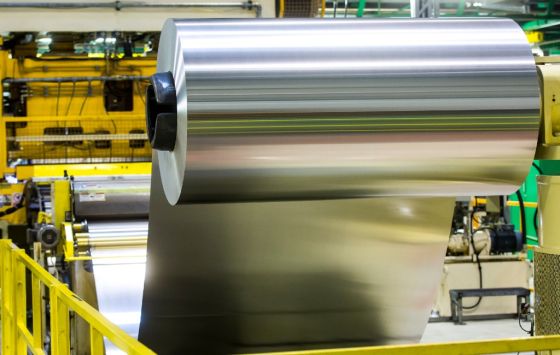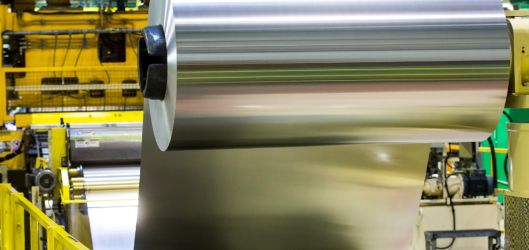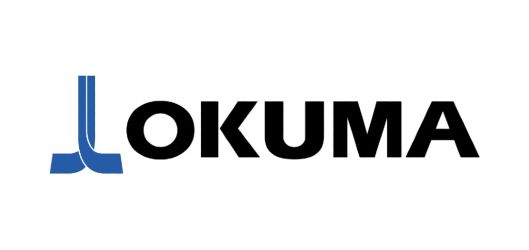
Henkel Adhesive Technologies has innovated to boost process efficiency and sustainability in colour coating processes.
With Bonderite M CR 1405, Henkel has developed a RoHS-compliant (restriction of the use of certain hazardous substances) agent that provides coils with passivation and pretreatment properties as well as excellent corrosion resistance in a single pretreatment step.
The classic treatment of metal surfaces uses two different lines: One for pretreatment and one for passivation. With the conventional process, the parts go either directly to the user or on to the painting line. The rust preventive (RP) oil used before painting must be removed in the subsequent cleaning and rinsing stage. If a passivation coat is applied, a single rinse prior to the subsequent application of paint is sufficient.
Henkel’s new development enables users to substantially shorten their process. Bonderite M CR 1405 has unique properties as it can be used as a passivation for bare substrates and pretreatment for painted substrate. After passivation, the coils are either sent directly to the end user or on for painting. Bonderite M CR 1405 has good recoatability and coils passivated with this product can be used on the colour coating line without a cleaning step and can only be rinsed with hot water to remove any contamination. This results in major savings with respect to energy and water usage, since the cleaner that has now been eliminated is typically used in large tanks at temperatures between 60 and 70 degrees Celsius. The absence of chemical cleaning agents also means that wastewater pollution is significantly lower.
This combination is made possible by a newly developed product: As a chromium III-based passivation pretreatment, Bonderite M CR 1405 combines both processes. “Normally, when paint is applied to a passivated coil without subsequent treatments, insufficient paint adhesion and corrosion resistance is achieved. Conversely, pretreatment used as passivation usually fails within one day,” said Gerko Odink, Senior Manager PD Metals EU at Henkel Adhesive Technologies. “We have an agent here that combines the best of both worlds and is compatible with both chromium-based and chromium-free primers.”
As this is a chromium III-based product, it meets users’ performance expectations for high corrosion protection while also being RoHS-compliant. This directive prohibits the use of hexavalent chromium in Europe. “We are closing the gap between legislation and performance by using a bridging technology that meets the requirements for architectural applications, for example,” says Gerko Odink. Testing on galvanized and Galvalume substrate shows blank corrosion resistance of more than 96 hours. The salt spray test shows resistance of 800 hours with a chromium primer and 500 hours with a chromium-free primer.
By reducing the number of process steps and the associated energy and water consumption, the new product is in line with Henkel's long-standing commitment to sustainability. “Enabling safer, cleaner and more efficient processes is at the heart of our business,” says Volker Mansfeld, Vice President Industry EIMEA at Henkel Adhesive Technologies. “Together with our customers, we strive to rethink design and processes to identify opportunities for sustainable innovation and defossilisation of the industry while delivering the highest performance.”



